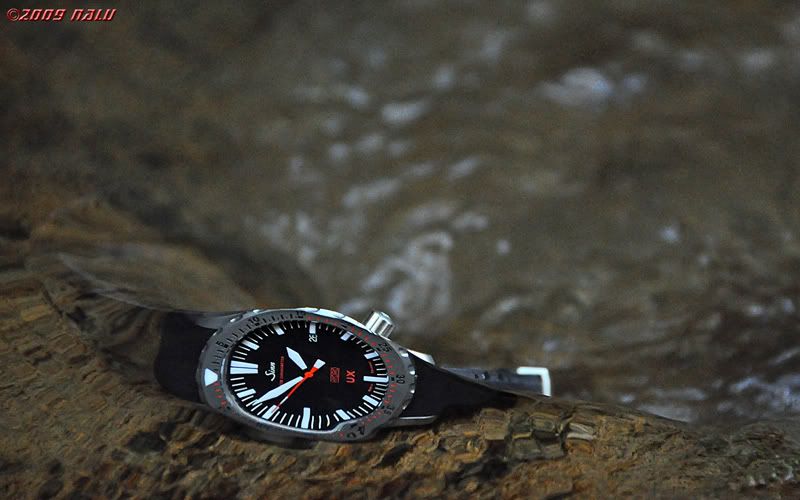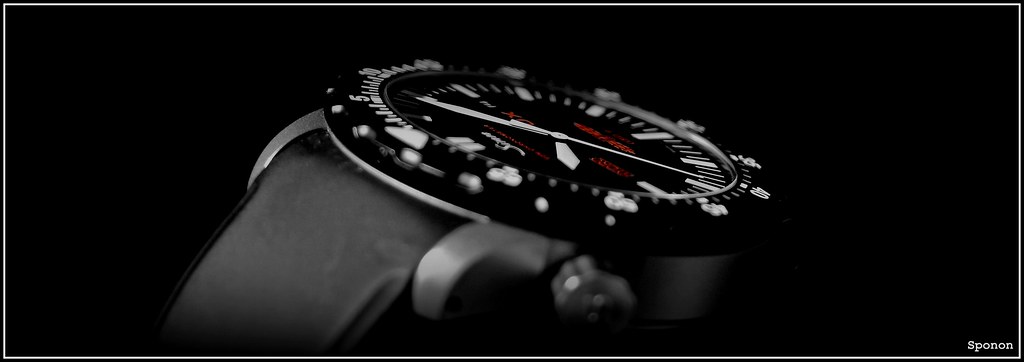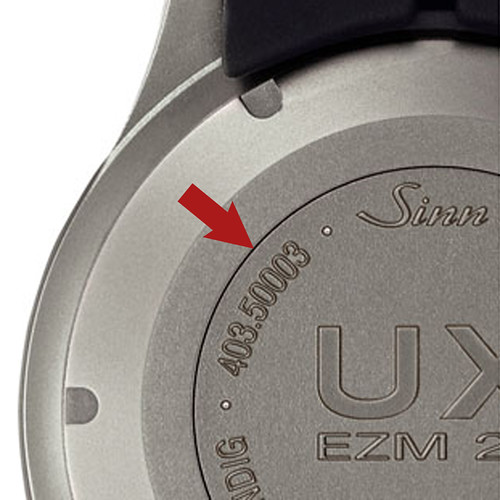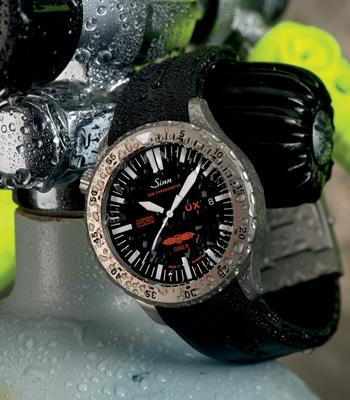The UX is rated to operate from -20 to 60°C. Over this wide temperature range, the fluid contained inside the case will change volume by 10% due to thermal expansion. Since liquids are incompressible, this would destroy a traditional watch case -- the crystal would blow out from any slight changes in liquid volume. On the UX, the case back has a large movable piston with an o-ring seal, just as described in the patent. The piston allows the fluid to expand and contract to adjust internal fluid volume and equalize with outside pressure. Here is the drawing from the patent. The red arrow shows the edge of the piston [14], the crystal is [4], caseback [1], case [2], movement [6], o-ring [20], fluid on dial [9], fluid behind movement [23].
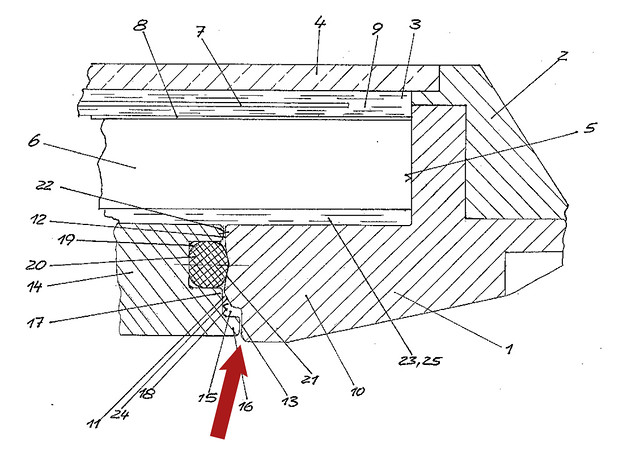
And the red arrow on the photo below shows the same piston edge on the case back. I notice the piston has a very slight wobble due to the dimensional tolerance of the gap. So far I have exercised my UX from -10 to 30°C, and I notice the vertical travel in the piston when I look very closely.




